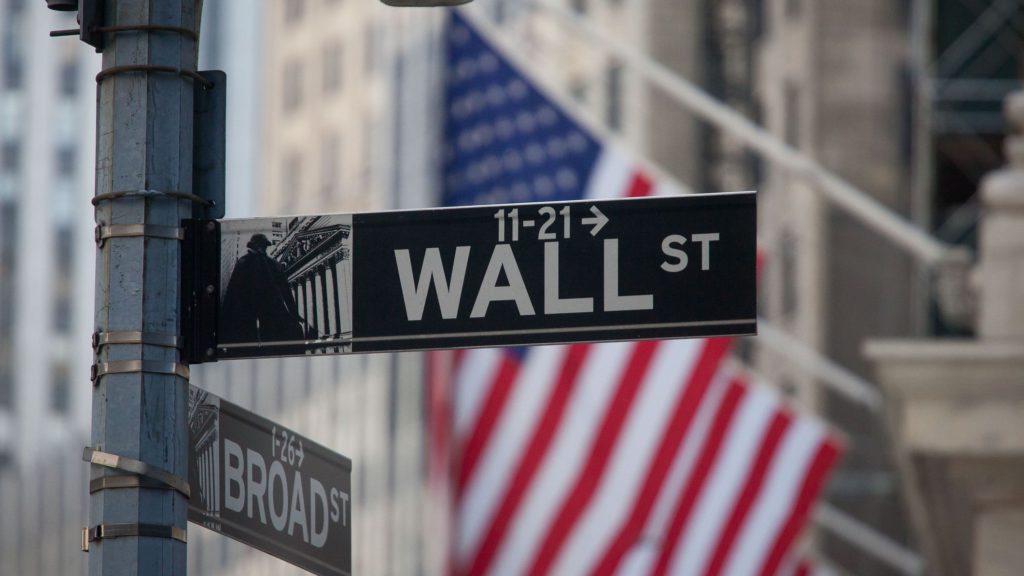NEW YORK (Reuters) – Investors betting on U.S. energy shares have enjoyed a blistering rally, as the sector leads a move into value and economically sensitive stocks that has gripped the equity market. How much further that run continues could hinge on the success of the economic recovery, supply dynamics in oil markets and whether companies can stay disciplined on spending.
The near doubling in the price of crude has helped make shares of oil and gas companies – for years a losing bet – one of the best performing areas of the market, with outsized gains in the stocks of companies such as oil major Exxon Mobil Corp (NYSE:XOM) and Diamondback (NASDAQ:FANG) Energy Inc, which have surged 89% and 231%, respectively, since early November.
With a gain of over 80% in that time, the S&P 500 energy sector is back to levels last seen in February 2020, when the stock market began its plunge as the COVID-19 outbreak took its toll on the economy.
“Shares are being bid up because there are expectations for greater demand,” said Michael Arone, chief investment strategist for State Street (NYSE:STT) Global Advisors. “We need to see the follow-through.”
The outlook for energy shares is at the center of a number of market themes, including how long the economic “reopening” trade can last, whether energy and other value stocks can continue outperforming tech and growth shares and if the market is primed for a potential rise in inflation.
With the benchmark S&P 500 nearing the 4,000 level for the first time, the health of the economy, the pace of inflation and a recent rise in bond yields are expected to be hot topics when the U.S. Federal Reserve meets on Tuesday and Wednesday.
Ample crude supply that weighed on global oil prices and concerns over a push toward “green energy” were among the factors pulling down energy stocks for most of the past decade. Oil prices plummeted in the coronavirus-fueled downturn amid global travel restrictions and shutdowns but roared higher in recent months, buoyed by breakthroughs in vaccines against COVID-19.
Recent data has shown signs of an economic recovery continuing to gain momentum. The number of Americans filing new claims for jobless benefits dropped to a four-month low last week, while U.S. consumer sentiment improved in early March to its strongest in a year.
Prices for U.S. crude are up 35% year-to-date.
Investors are watching supply dynamics as another catalyst for crude prices and energy stocks.
The Organization of the Petroleum Exporting Countries and its allies last year cut output substantially as demand collapsed due to the pandemic. The group earlier this month agreed to extend most output cuts into April.
Any efforts by President Joe Biden’s administration to regulate U.S. drilling could support prices by keeping supply in check, investors said. “There is more likely to be an aggressive regulatory regime, which would rein in supply, which would be a positive for commodity prices,” said Burns McKinney, portfolio manager at NFJ Investment Group.
Investors said they want to see whether companies are spending on new drilling, which could oversupply the market and eventually weigh on prices, or pay down debt and bolster dividends.
Five international oil majors cut their capital spending by about 20% on average last year to $80 billion and are expected in aggregate to generally maintain that spending level in 2021, according to Jason Gabelman, senior energy equity research analyst at Cowen.
Energy companies “need to maintain their discipline, they need to stick to capital budgets that are constrained and not drill as much and give investors confidence that this is not going to be a short-lived cycle,” said Christian Ledoux, director of investment research at CAPTRUST.
Setbacks in fighting the virus could undercut the reopening trade and energy shares along with it. Such a scenario risks playing out in Europe, where a more contagious variant of the coronavirus has pushed Italy and France to impose fresh lockdowns.
Another factor is how quickly travel might rebound to pre-pandemic levels.
“You may see reopening and people driving more and spending more on commerce, but … if people are traveling less globally, that is going to result in oil demand not fully recovering to where it was,” Gabelman said.
This article was written by Lewis Krauskopf from Reuters.


